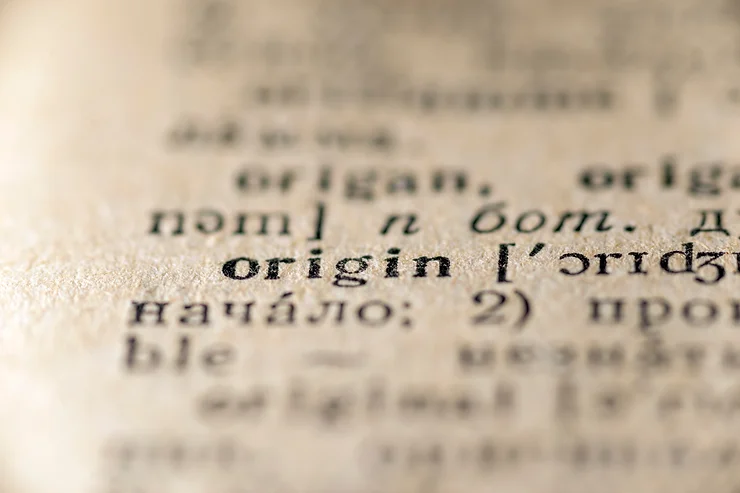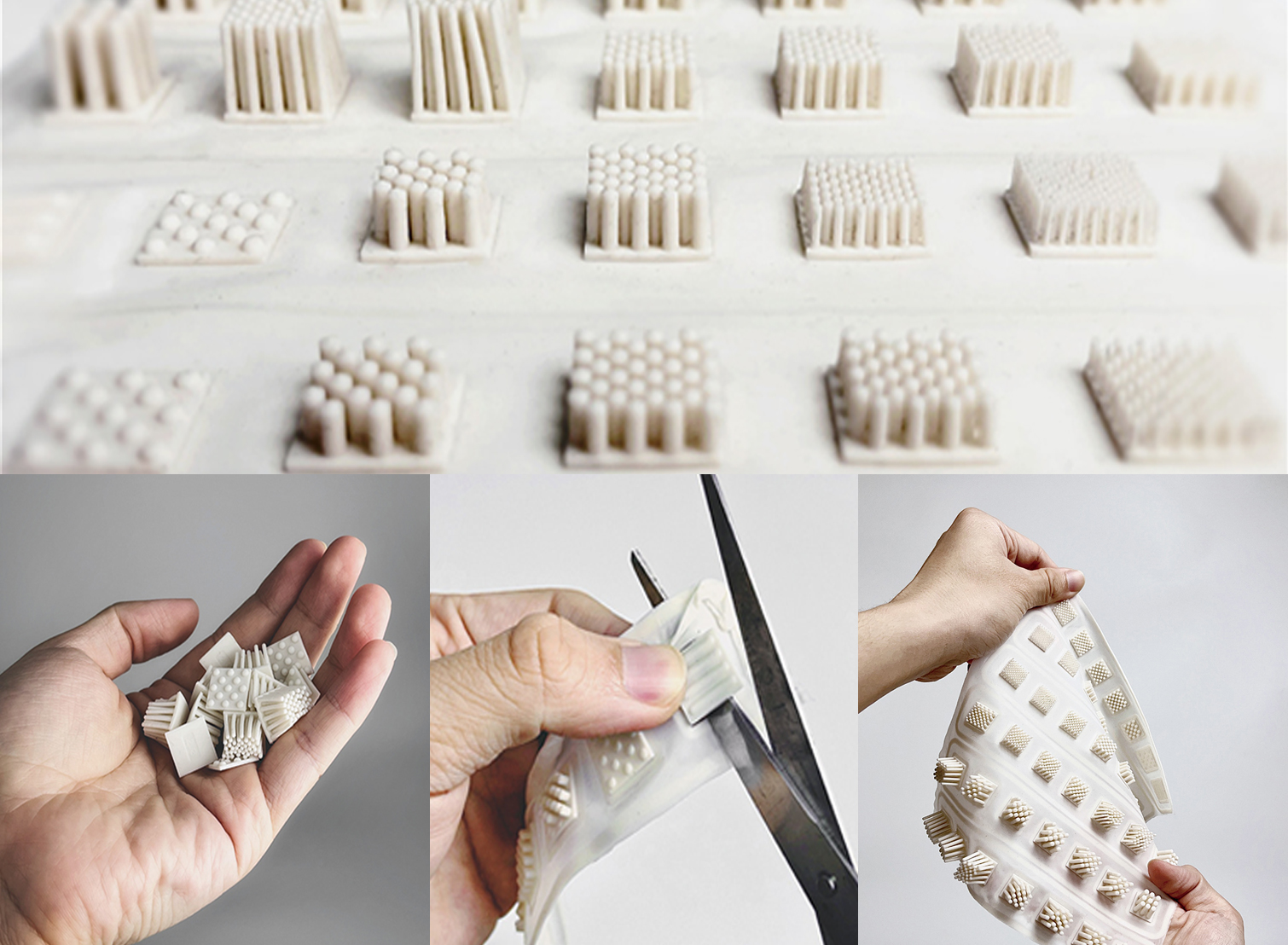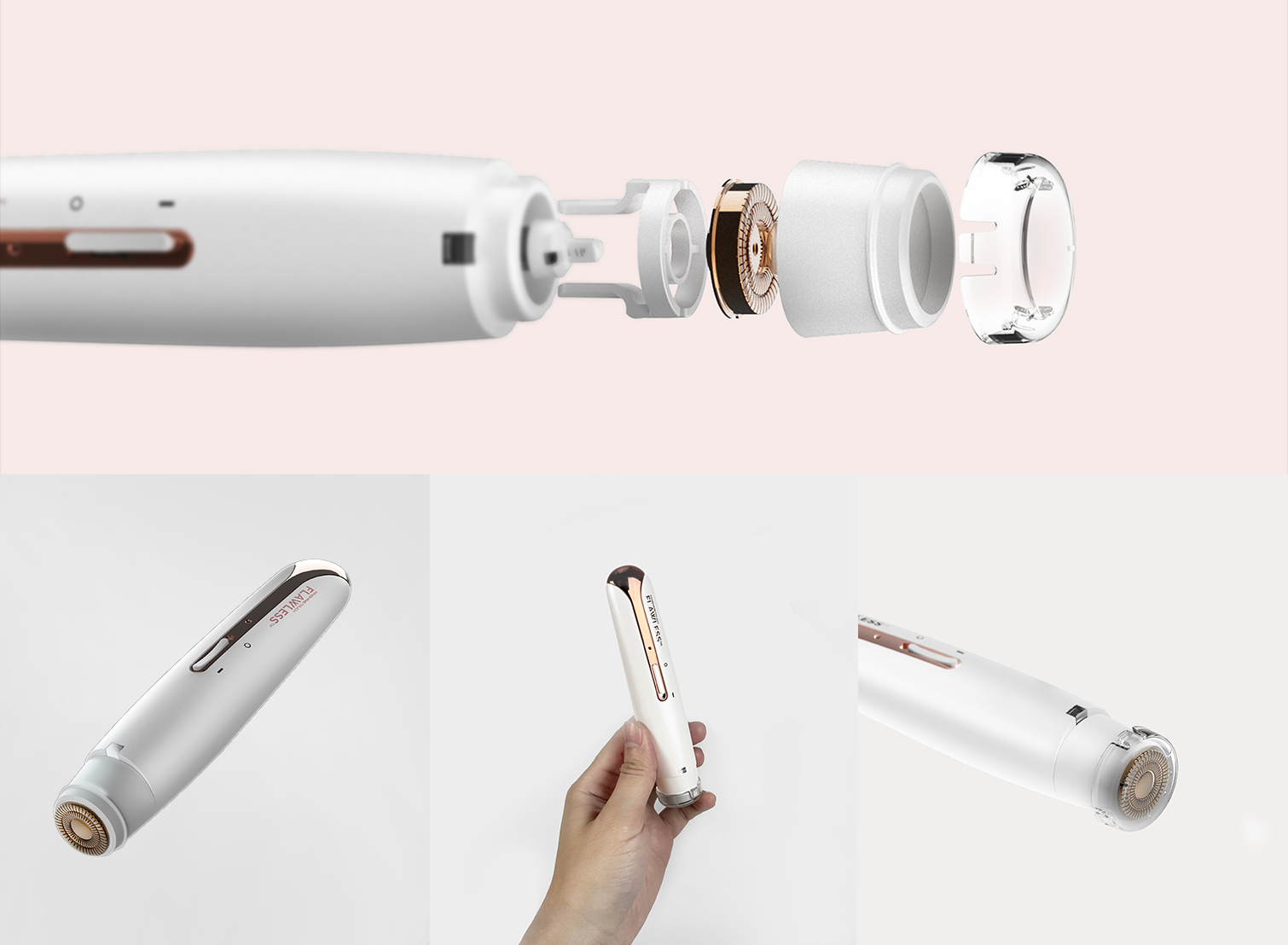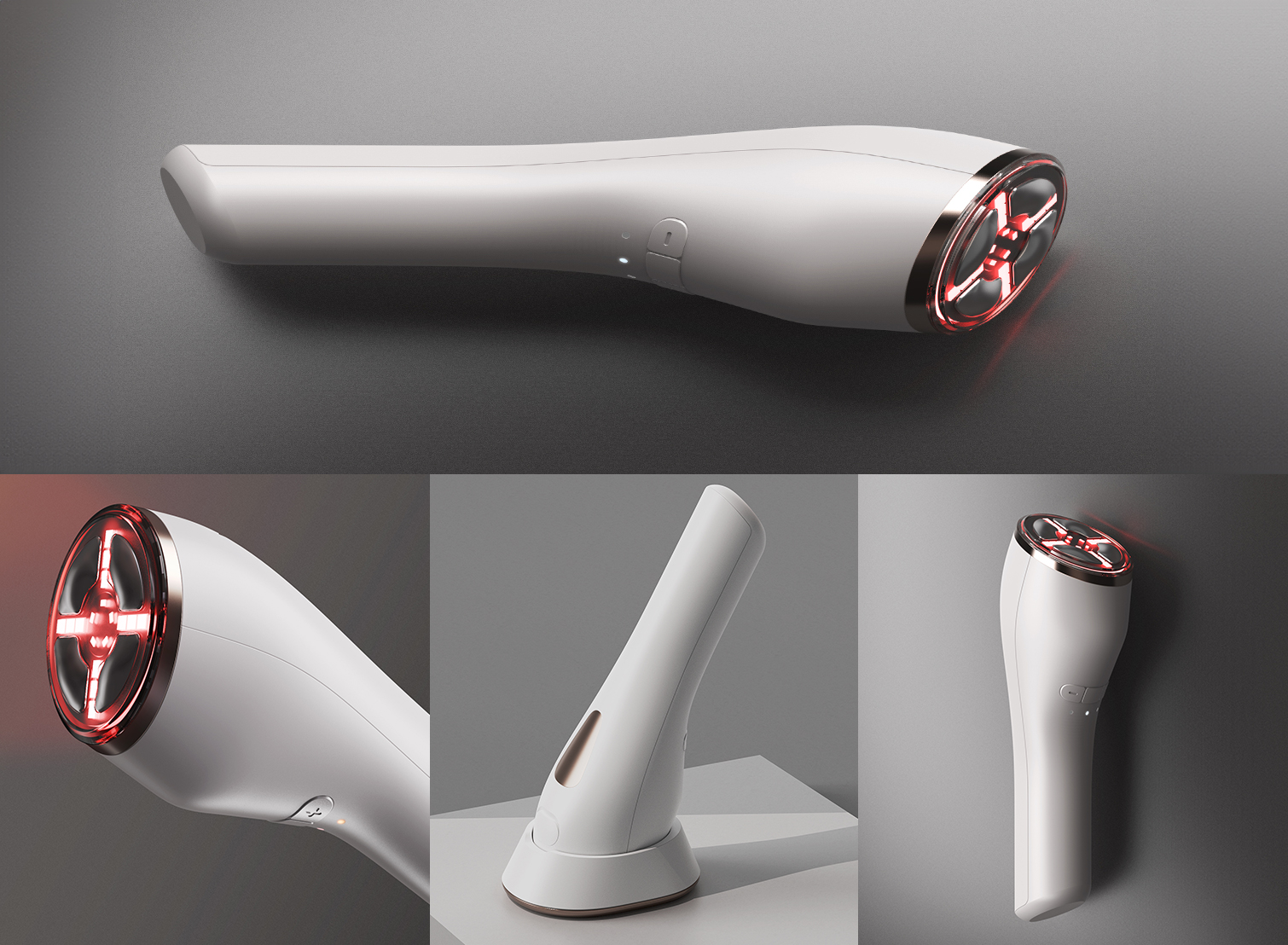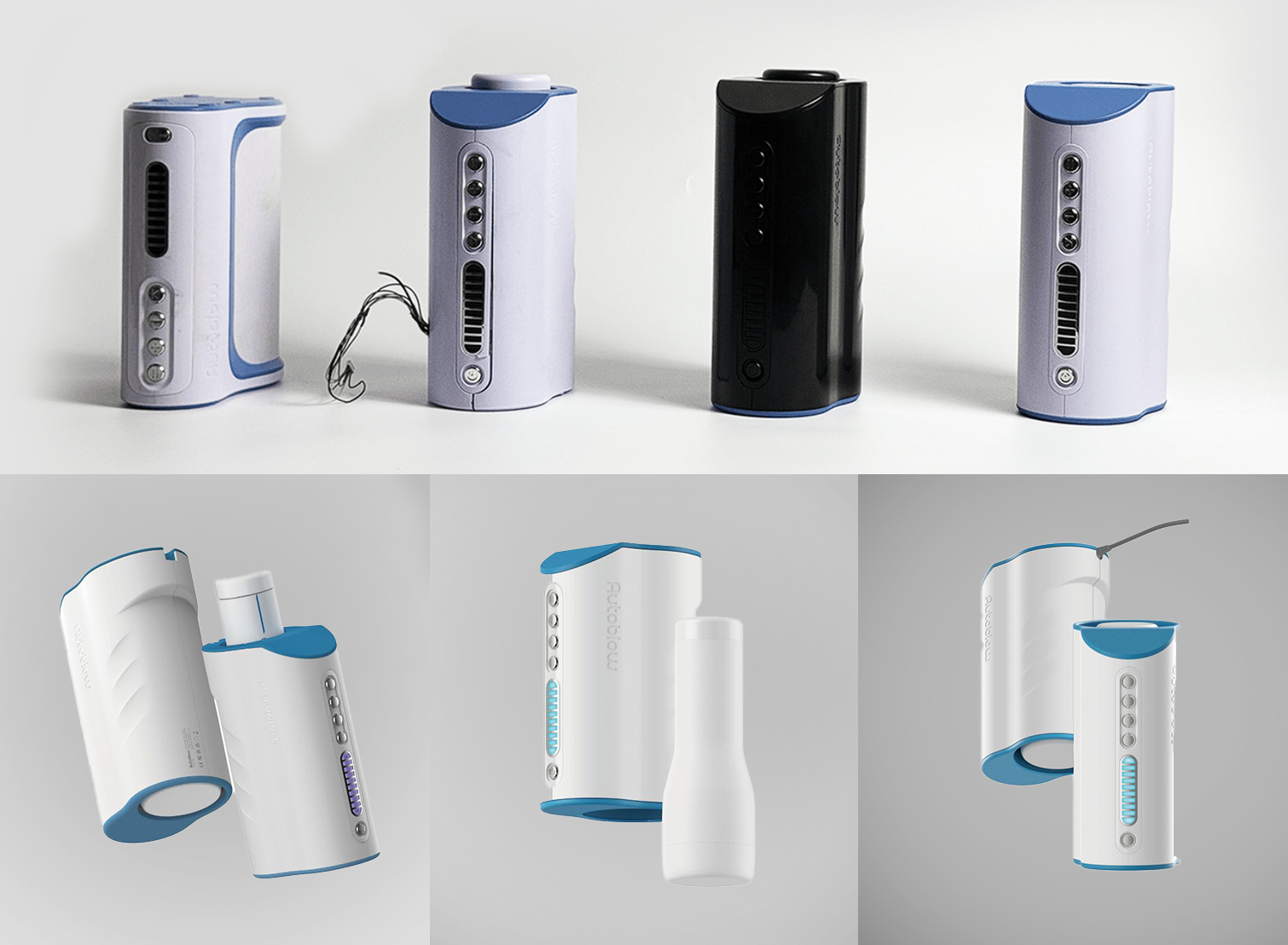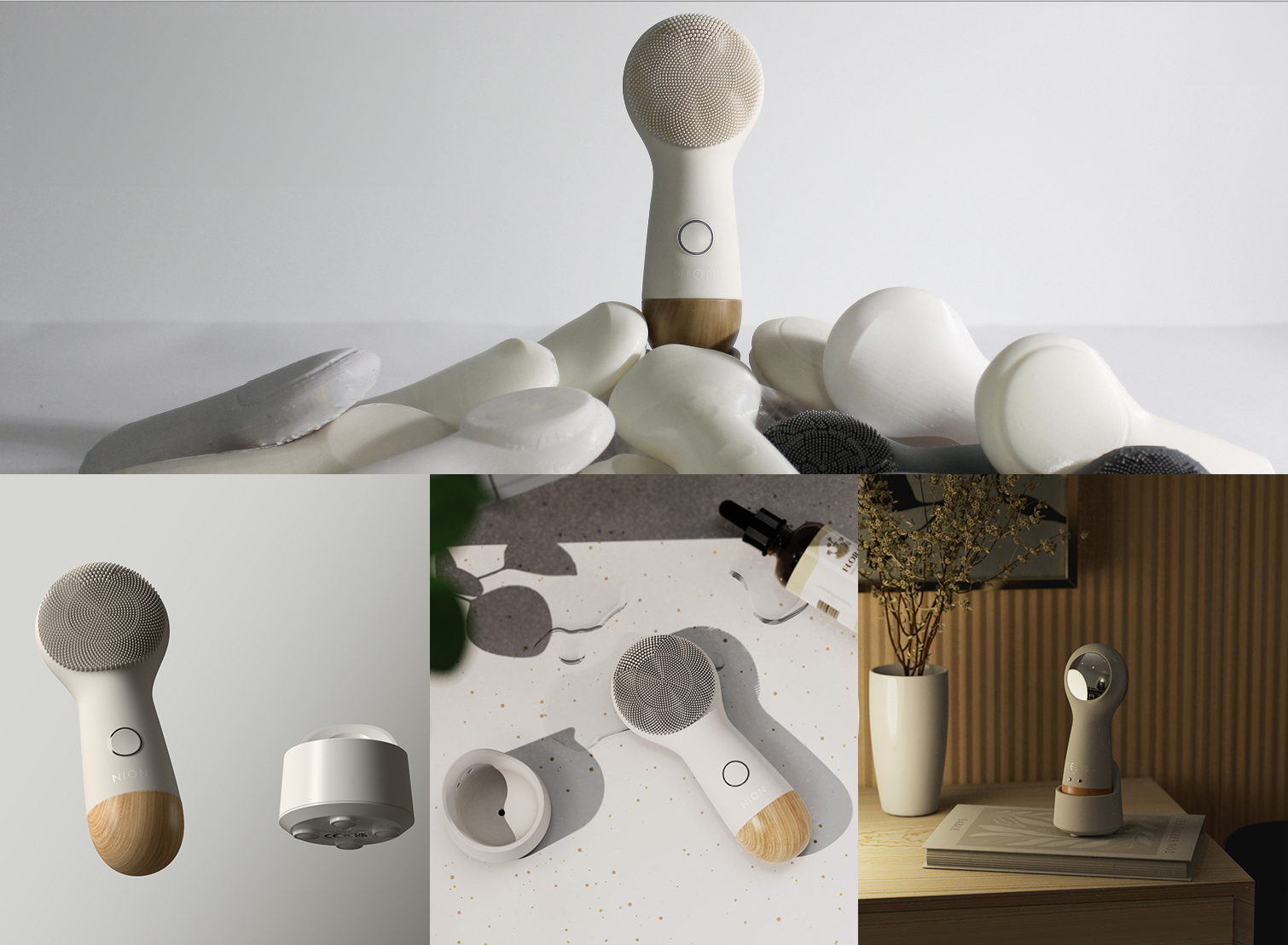Product design is a multifaceted field that involves the creation and development of physical products, including their appearance, functionality, and user experience. It is a critical discipline that plays a significant role in the success of a product, as it determines how well the product meets the needs and desires of its intended users.
As an inventor, it is essential to have a solid understanding of product design principles and terminology. In this article, we will introduce 20 lesser-known product design terms that every inventor should be familiar with.
- Affordance: The inherent properties of an object that define its function and how it can be used.
- Charette: A collaborative design process that involves rapid iteration and iteration to meet a tight deadline.
- Co-creation: A design process in which the end-user is actively involved in the creation of a product.
- Design sprint: A structured process for quickly prototyping and testing ideas.
- Empathy map: A visual tool used to understand the needs, wants, and pain points of end-users.
- Form follows function: A design principle that emphasizes the importance of function over form in product design.
- Human-centered design: A design approach that puts the needs and desires of end-users at the center of the design process.
- Iterative design: A design process in which a product is continually refined and improved through multiple cycles of prototyping and testing.
- Kano model: A tool used to understand and prioritize customer requirements based on their level of satisfaction.
- Lean design: A design process that focuses on maximizing value while minimizing waste and unnecessary steps.
- Minimalism: A design philosophy that emphasizes simplicity and the elimination of unnecessary elements.
- Modularity: The use of interchangeable components in a product to facilitate customization and repair.
- One-piece flow: A production process in which each product is completed before moving on to the next, as opposed to batch production.
- Prototyping: The process of creating a physical model of a product to test its design and functionality.
- Rapid prototyping: A prototyping process that uses computer-aided design (CAD) and 3D printing to quickly create physical models.
- Scenario planning: A design process that involves creating hypothetical future scenarios to inform product design decisions.
- Service design: The design of services, including the interactions between the service provider and the customer.
- Storyboarding: A design technique used to visualize and plan the user experience of a product.
- User experience (UX): The overall experience of a person using a product, including how easy it is to use and how well it meets their needs.
- Value proposition: A clear and compelling statement that explains the benefits and value of a product to the end-user.
By becoming familiar with these terms, inventors can have a better understanding of the principles that are essential in product design. Gizmospring.com is a great resource for inventors looking to improve their product design skills and stay up-to-date with the latest trends and best practices in the field. Whether you’re a seasoned inventor or just starting out, Gizmo has the tools and resources you need to take your product design to the next level.

